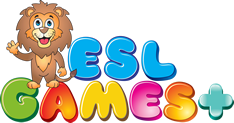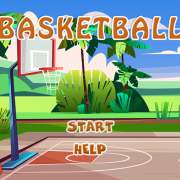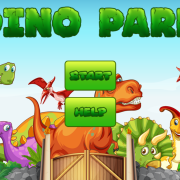Scientific Communication | Game Online
Unraveling the Code of Scientific Communication: Bridging the Gap Between Discovery and Understanding
In a world teeming with invaluable scientific breakthroughs, the art of translating complex findings into digestible, meaningful narratives is paramount. This discourse delves into the intricacies of scientific communication – a vital process that links the pursuit of knowledge to its dissemination and eventual application.
The Crux of Scientific Communication: Translating Complexity into Clarity
At its core, scientific communication revolves around sharing research findings in a concise, comprehensive manner. It's a dance between technical precision and plain-English accessibility, ensuring that scientific advancements don't remain locked away in the confines of academia.
The Role of Language in Scientific Communication
Language is the backbone of this process. A well-crafted scientific article or presentation employs a balanced blend of technical terminology and layman's terms, creating a bridge between the researcher's world and that of the general public. Mastering this linguistic dance is essential for effective scientific communication.
The Power of Visual Aids: Illustrating the Unseen
Visual aids play an integral role in scientific communication, providing a tangible representation of otherwise intangible concepts. From diagrams and charts to infographics and animations, these tools aid in breaking down complex data into digestible pieces. They serve as a powerful supplement to the written word, enriching comprehension and engaging audiences.
The Digital Age: Evolving Channels of Scientific Communication
In today's digitally-driven era, traditional methods of scientific communication have expanded beyond print journals and conference presentations. Platforms like preprints, online repositories, blogs, podcasts, and social media networks offer scientists a multitude of avenues to share their research findings promptly, thereby accelerating the dissemination of knowledge.
The Age-old Debate: Open vs Closed Access
Open access versus closed access is a long-standing debate within the scientific community. Open access advocates argue that making research freely available encourages collaboration and progress, while closed access supporters assert that guarding intellectual property protects investment in research. The ongoing dialogue surrounding this issue underscores the importance of striking a balance between openness and protection.
The Future of Scientific Communication: Embracing the Digital Landscape
As technology continues to evolve, so too will scientific communication. Emerging trends like artificial intelligence, virtual reality, and blockchain have the potential to revolutionize how scientists communicate their findings. By leveraging these advancements, we can streamline the process of sharing research, foster collaboration, and ultimately accelerate scientific progress.
The Ethics of Scientific Communication: Honesty and Integrity
In an era where the pursuit of truth often clashes with personal ambition and financial gain, the ethics of scientific communication assume paramount importance. Scientists must maintain unwavering honesty and integrity in their work, ensuring that findings are reported accurately and without bias. Such commitment to ethical conduct will bolster public trust in science and safeguard its future.
In conclusion, the art of scientific communication lies at the heart of bridging the gap between discovery and understanding. As we continue to make groundbreaking strides in various scientific fields, it is crucial that we remain dedicated to effectively communicating these advancements to all who seek to learn. By fostering openness, employing innovative tools, and adhering to ethical principles, we can collectively contribute to a brighter, more informed future.








